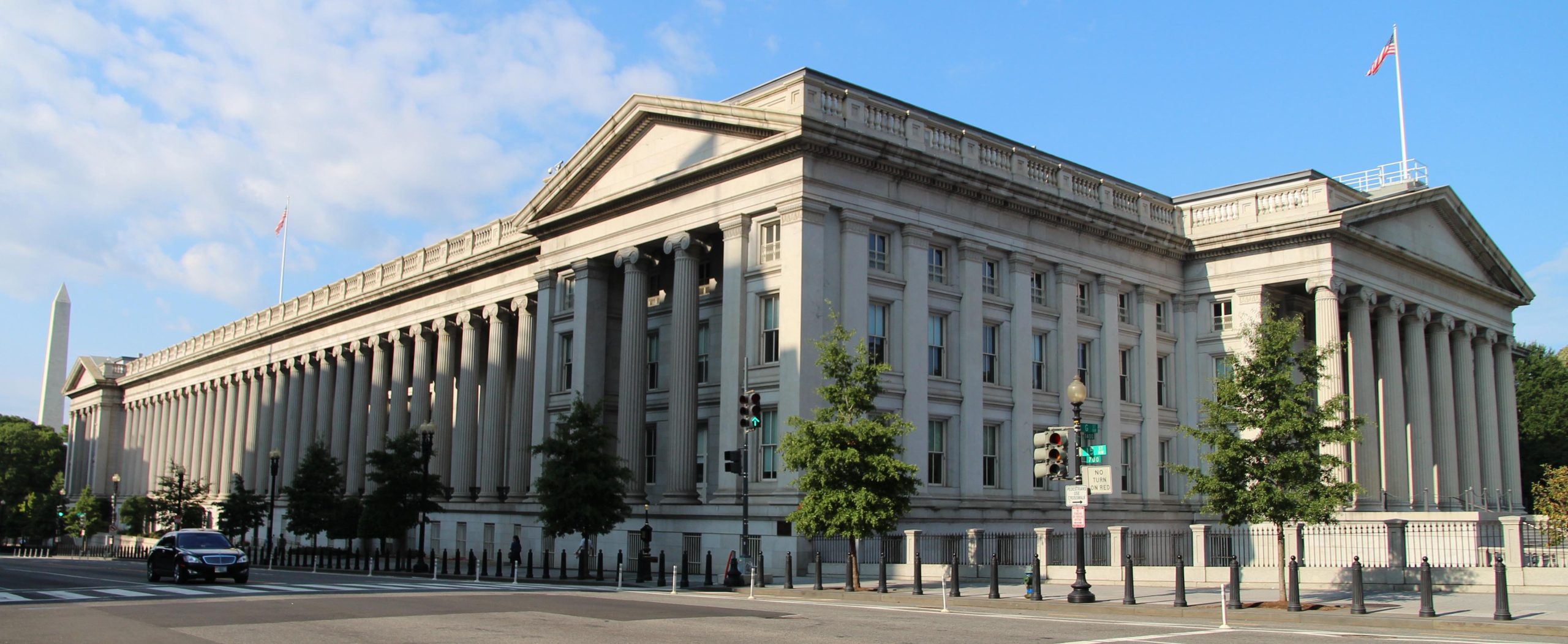In an era where technology and finance intertwine more than ever before, there has been a growing concern about the potential misuse of cryptocurrencies for illicit activities. One such narrative that has recently come under scrutiny is the claim that Hamas, the militant group in Palestine, relied on cryptocurrencies to fund their terrorist activities. However, the U.S. Treasury has now stepped in to debunk this narrative, shedding light on the true nature of Hamas’s financial operations. Let us delve deeper into this intriguing revelation and explore the implications it holds for the intersection of cryptocurrency and terrorism financing.
Overview of U.S. Treasury Report on Hamas and Crypto Funding
The U.S. Treasury Department recently released a comprehensive report debunking the widely circulated narrative that Hamas had relied on cryptocurrencies to fund its terrorist activities. Contrary to popular belief, the report revealed that Hamas primarily relied on traditional means of financing, such as cash smuggling and wire transfers, to fund its operations.
The report highlighted that the use of cryptocurrencies by Hamas was minimal and lacked the sophistication attributed to it by some media outlets. In fact, the Treasury Department found that Hamas had only managed to raise a meager sum through cryptocurrency donations, which paled in comparison to the funds raised through more conventional methods.
Moreover, the report emphasized that the decentralized and transparent nature of blockchain technology actually made it more challenging for terrorist organizations like Hamas to effectively utilize cryptocurrencies for funding purposes. The Treasury Department underscored the importance of continued vigilance and cooperation among law enforcement agencies to combat illicit financing activities in the digital realm.
Dispelling Myths Surrounding Hamas’ Use of Cryptocurrency
Contrary to popular belief, the U.S. Treasury has recently debunked the narrative that Hamas relied on cryptocurrency to fund terrorism. This revelation comes as a surprise to many who had assumed that digital currencies were being used by the militant group for illicit purposes.
<p>According to a report released by the Treasury, Hamas predominantly relies on traditional methods of fundraising, such as donations from sympathizers and state sponsors. The report also emphasized that Hamas has been unsuccessful in using cryptocurrency due to regulatory hurdles and the lack of infrastructure to support such transactions.</p>
<p>Despite the debunking of this myth, it is important to remain vigilant and monitor any potential misuse of cryptocurrencies by terrorist organizations. The Treasury's findings serve as a reminder that misinformation can easily spread, highlighting the need for thorough investigation and fact-checking before jumping to conclusions.</p>
Potential Implications for Future Anti-Terrorism Efforts
The U.S. Treasury recently released a report debunking the narrative that Hamas relied on cryptocurrency to fund terrorism. This finding challenges the common belief that digital currencies are the primary financial tool for terrorist organizations. In a statement, Treasury Secretary Janet Yellen emphasized that traditional financial systems remain the primary means through which terrorist groups fund their activities.
Despite the debunking of this narrative, experts caution against dismissing the . While cryptocurrency may not have been the primary funding source for Hamas, its use in illicit activities remains a concern. Additionally, the evolving landscape of financial technologies poses new challenges for law enforcement agencies in tracking and disrupting terrorist financing.
Moving forward, it will be crucial for policymakers and regulators to stay vigilant and adapt to the changing tactics of terrorist groups. Enhancing cooperation between financial institutions, government agencies, and international partners will be essential in effectively combating terrorist financing. By remaining proactive and agile in their approach, authorities can stay ahead of the curve and mitigate the risks posed by emerging financial technologies.
Recommendations for Regulators and Financial Institutions
The U.S. Treasury Department has recently released a report debunking the narrative that terrorist group Hamas relied on cryptocurrencies to fund their activities. This report comes as a response to growing concerns about the potential misuse of digital assets by illicit actors.
The report highlights the fact that traditional financial channels, rather than cryptocurrencies, continue to be the primary means of funding for terrorist organizations like Hamas. In fact, the Treasury Department found no evidence to suggest that Hamas has ever used cryptocurrencies for financing its operations.
Despite this debunking, the report does emphasize the need for regulators and financial institutions to remain vigilant and continue to monitor the potential risks associated with the use of cryptocurrencies by illicit actors. It is crucial for authorities to stay ahead of emerging threats and implement effective measures to prevent the misuse of digital assets for illicit purposes.
Closing Remarks
In conclusion, the U.S. Treasury’s findings have shed light on the misconception that Hamas relied on cryptocurrency to fund terrorism. With the debunking of this narrative, it is important to continue exploring and examining the intricate relationships between digital currencies and illicit activities. As we navigate the evolving landscape of finance and technology, let us approach these discussions with an open mind and a critical eye, always seeking to uncover the truth behind the headlines. Thank you for joining us on this exploration of the intersection of crypto and terrorism financing.
